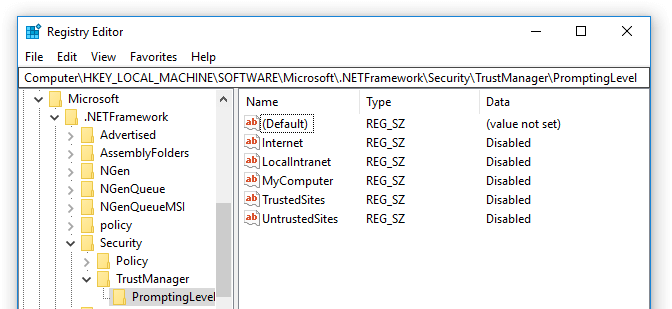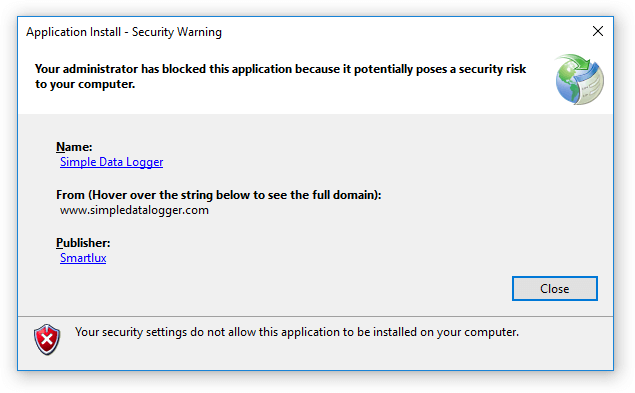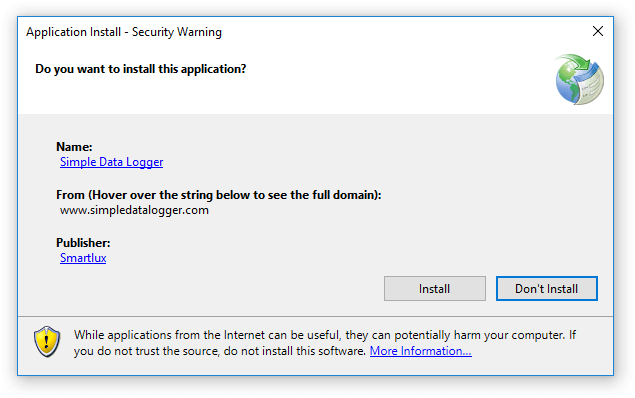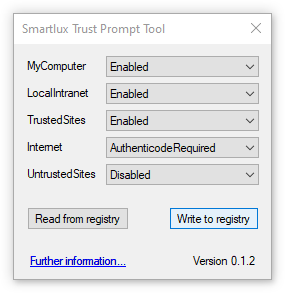Some programs still save their settings in the Windows registry. The instructions below will let you copy a part of the registry to another machine.
Important: Modifying the registry can have unintended consequences and may cause issues with your system. Always make sure to create a backup of your registry and a system restore point before making any changes.
- On the source machine:
- Press
Win + Rto open the Run dialog. - Type
regeditand press Enter to open the Registry Editor. If prompted by User Account Control, click “Yes” to proceed. - In the Registry Editor, navigate to the registry key you want to copy. For example, if you want to copy a key related to a specific software, it might be located under
HKEY_CURRENT_USER\Software\orHKEY_LOCAL_MACHINE\SOFTWARE\. - Right-click on the registry key you want to export (in the left panel) and select “Export.”
- Choose a location to save the .reg file, give it a name, and click “Save.”
- Press
- Transfer the .reg file to the destination machine using a USB drive, cloud storage, or any other preferred method.
- On the destination machine:
- Locate the .reg file you transferred from the source machine.
- Double-click the .reg file to start the import process. If prompted by User Account Control, click “Yes” to proceed.
- A warning message will appear, informing you that making changes to the registry can cause system instability. If you’re sure you want to proceed, click “Yes.”
- A confirmation message will appear once the registry key has been successfully imported. Click “OK” to close the message.
Now, the desired part of the registry has been copied from the source machine to the destination machine.
Note: If any of the registry values include file paths, you might need to adjust these paths to match the file structure on your new system.



